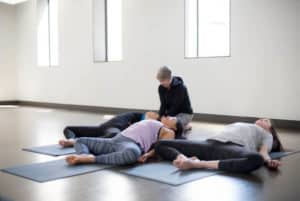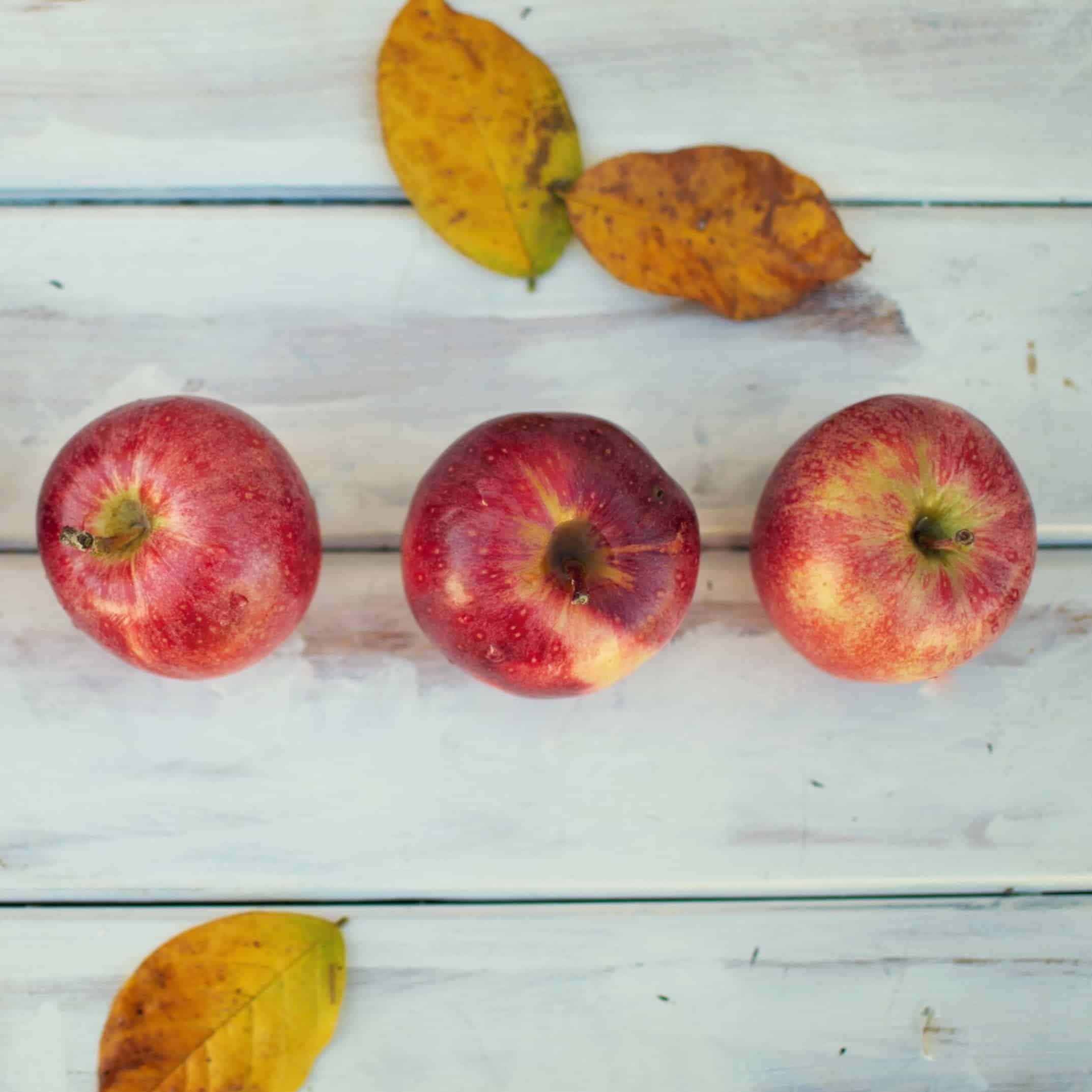What About Yin? – Exploring Yoga’s Slower Side
 What comes to mind when we think about yoga is often a vinyasa flow: moving from one posture to the next, starting to sweat as you warm up through sun salutations, focusing on increasing flexibility and building strength through a regular practice. If this is what you’re expecting, a yin class may seem to be easy. However, yin is an amazing addition to whatever form your yoga practice takes, a great way to relax and can be challenging in its own way.
What comes to mind when we think about yoga is often a vinyasa flow: moving from one posture to the next, starting to sweat as you warm up through sun salutations, focusing on increasing flexibility and building strength through a regular practice. If this is what you’re expecting, a yin class may seem to be easy. However, yin is an amazing addition to whatever form your yoga practice takes, a great way to relax and can be challenging in its own way.
The basics of yin are that it is a slow moving practice where you hold poses for anywhere from a minute to five! Do not worry, no one is going to ask you to hold Warrior III for five minutes. Yin poses are passive, utilizing long, static holds that use props to support you and are primarily close to the ground. As you are staying in the asanas for such a long time, it’s not so much important to find the deepest expression you can accomplish but rather one that will let you settle into stillness, and relax.
Unlike a flow class that relies on muscle engagement to build strength, yin poses are more passive, allowing for deep relaxation of the muscles. What makes yin such an effective practice is that once your muscles relax, your body is able to access and stretch the deep connective tissue that surrounds muscles and joints, called fascia. In doing so, the facia actually becomes stronger and more resilient, protecting against aching joints and stiffness. The connective tissue in your body loses elasticity if not used, but yin allows you to stretch and really work the connective fascia in your body, allowing for more flexibility and easier recovery if you take more active classes or workout.
Yin relies on gravity to get deep into stretches, and a variety of props to make it as comfortable as possible. Do not be surprised if you use multiple blocks, bolsters and blankets in a single class. When you are holding a pose for three minutes, props provide you with a stable and accessible space to relax into.
Yin yoga is a great place to start if you are looking for ways to slow down, recover from a stressful day or an injury, or establish a meditation practice. Because a yin practice consists mainly of static poses, it is a great way to get on your mat if you are healing from an injury. Let your teacher know of anything you may be working with so that they can offer adjustments that will soothe and stretch your body, and modifications so that the practice can be a healing one. As yin is meant to be soothing and relaxing, yin is a great way to unwind after a stressful day or treat your body to something slow. It’s a great opportunity to take some time for yourself and let go. You can also pair yin with a more active class, especially as it requires little physical exertion, it’s a great follow-up to a flow class.
A class may have asana that you are familiar with from vinyasa, but with slightly different names and intentions. Pigeon pose in vinyasa is often known as swan pose in yin, and holding it for longer gives your muscles a chance to relax and for your body to release tension from your hip flexors. There may also be poses that you have never seen or done before, moving your body in a way that is new.
Although passive stretching, this is not to say that yin yoga is easy, though. In fact, it can be extremely difficult. When taking yin classes, notice the way in which your body and mind react as a way to get you out of things that you do not want to do and recognize what comes up for you. Our bodies store a lot of memory and emotion and yin yoga asks you to sit with these feelings. The standard thought applies – do not do anything that hurts – but holding something that is not necessarily your favourite pose for a long time can bring up feelings of frustration, itches that you need to scratch, and the desire to get out of the pose as fast as you can. On the other hand, yin is a great way to relax, to stay in poses that allow your body to release tension and gives you time to get into the juicy, opening postures that we do not always get to spend a lot of time in during a vinyasa practice. At its core, yoga in all its forms is a practice in noticing where your body is at, and recognizing without judgement, what comes up. In slowing down, yin can give you time to reflect and let go.
If you find yourself getting distracted or annoyed in a yin class, that’s okay! It is a difficult mental practice and can be physically uncomfortable. Unlike flow classes, you cannot always count down the five breaths you will be holding a pose for. However, focusing on your breath is a good place to stay present and grounded. You can try setting an intention at the beginning of class – either a single word or a mantra you want to work with, or maybe focusing on something that the teacher said that resonated with you – and turn your attention back to it every time you find your mind wandering or the need to squirm.
If you have never tried a class before, preparing for a yin class is similar to a vinyasa. Wear clothes that you can move in, but you may find that you want an extra layer or two to stay warm as you will not be moving in a way that breaks a sweat. You will need a mat and get to class with enough time to set up with all the props needed, which are provided in the studio. Give yourself enough time to settle and relax before the class officially begins. Afterwards, enjoy a cup of complimentary tea in our studios.
If you have taken a yin class before, and want to learn more or take your practice deeper, Yoga Tree offers a series of Yin yoga classes on our schedule. We are hosting a Yin Teacher Training in August 2018, find out more on www.yogatree.ca/yin-yoga-teacher-training


